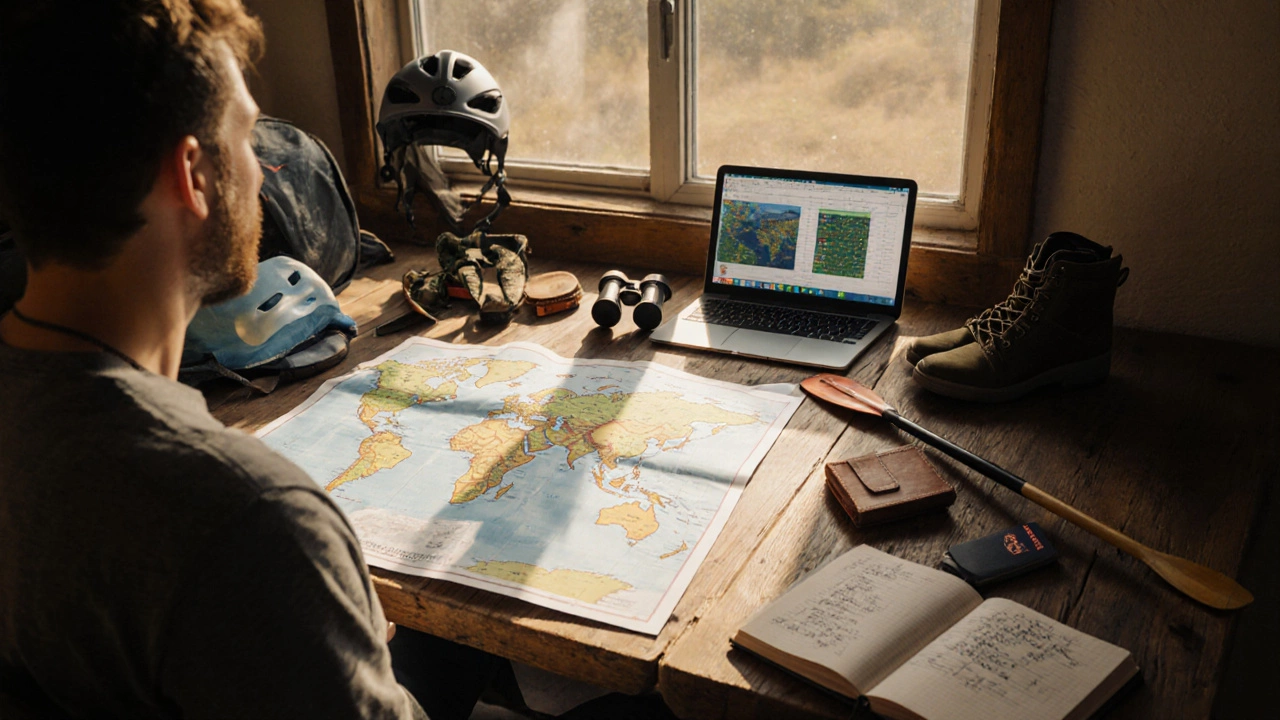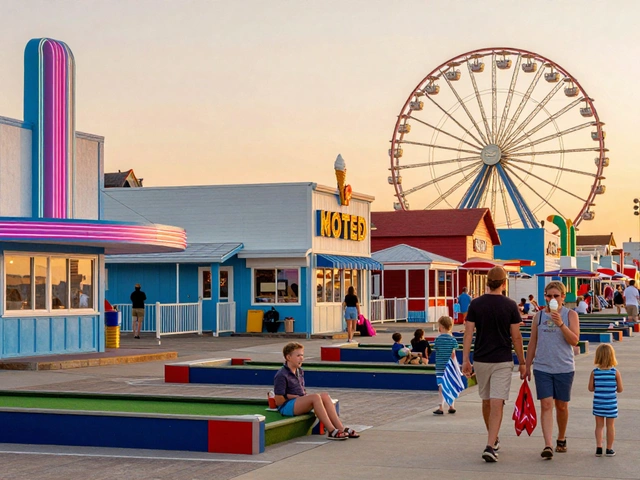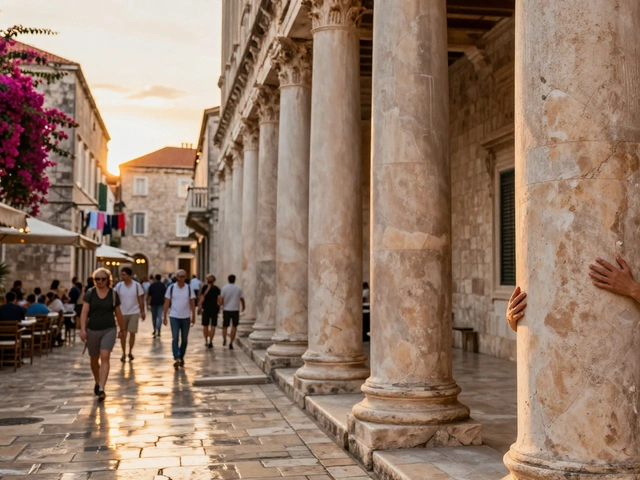Adventure Holiday Planner
Your Adventure Plan
Adventure Style:
Destination:
Duration:
Estimated Budget:
Budget Allocation
| Category | Amount |
|---|
Recommended Gear
Itinerary Overview
Quick Summary
- Identify the adventure style that matches your fitness and interests.
- Choose a destination with the right season, safety record, and local support.
- Map out an itinerary that balances activity, rest, and buffer days.
- Create a budget that covers transport, accommodation, gear rental and emergency funds.
- Pack a focused gear checklist, secure travel insurance, and verify permits before you leave.
Planning an adventure holiday is more than picking a scenic spot and booking a flight. It’s a mix of personal goals, practical logistics, and safety nets. Below you’ll find a practical roadmap that walks you through every decision, from the first spark of wanderlust to the final zip‑up of your hiking boots.
1. Pinpoint Your Adventure Style
Adventure comes in many flavors-trekking rugged mountains, paddling white‑water rivers, spotting wildlife on a safari, or cycling remote trails. Your choice sets the tone for every other planning step.
Here’s a quick look at the most popular styles, each presented as a adventure type with key traits:
| Adventure Type | Typical Skill Level | Best Season (Southern Hemisphere) | Core Gear |
|---|---|---|---|
| Trekking | Moderate-High | April-October | Boots, backpack, trekking poles |
| Kayaking | Basic-Advanced | May-September | Paddle, helmet, dry bag |
| Safari | Low-Moderate | June-September | Binoculars, lightweight jacket |
| Mountain Biking | Moderate-High | October-April | Bike, helmet, repair kit |
Pick the style that lines up with your fitness, experience, and what you want to feel at the end of the trip-exhilaration, serenity, or a mix of both.
2. Choose the Right Destination
Once you know the activity, match it to a location that offers reliable infrastructure, weather windows, and local expertise. A few classic pairings:
- South Africa’s Drakensberg for high‑altitude trekking.
- The Zambezi River for white‑water kayaking.
- Kruger National Park for wildlife safari.
- The Garden Route for mountain biking.
When narrowing down, ask yourself:
- Is the season aligned with the activity’s peak conditions?
- Do local guides or tour operators have good reviews and safety records?
- Are there any travel advisories or permit requirements?
Use resources like Adventure Travel Trade Association reports or national tourism boards for up‑to‑date data.
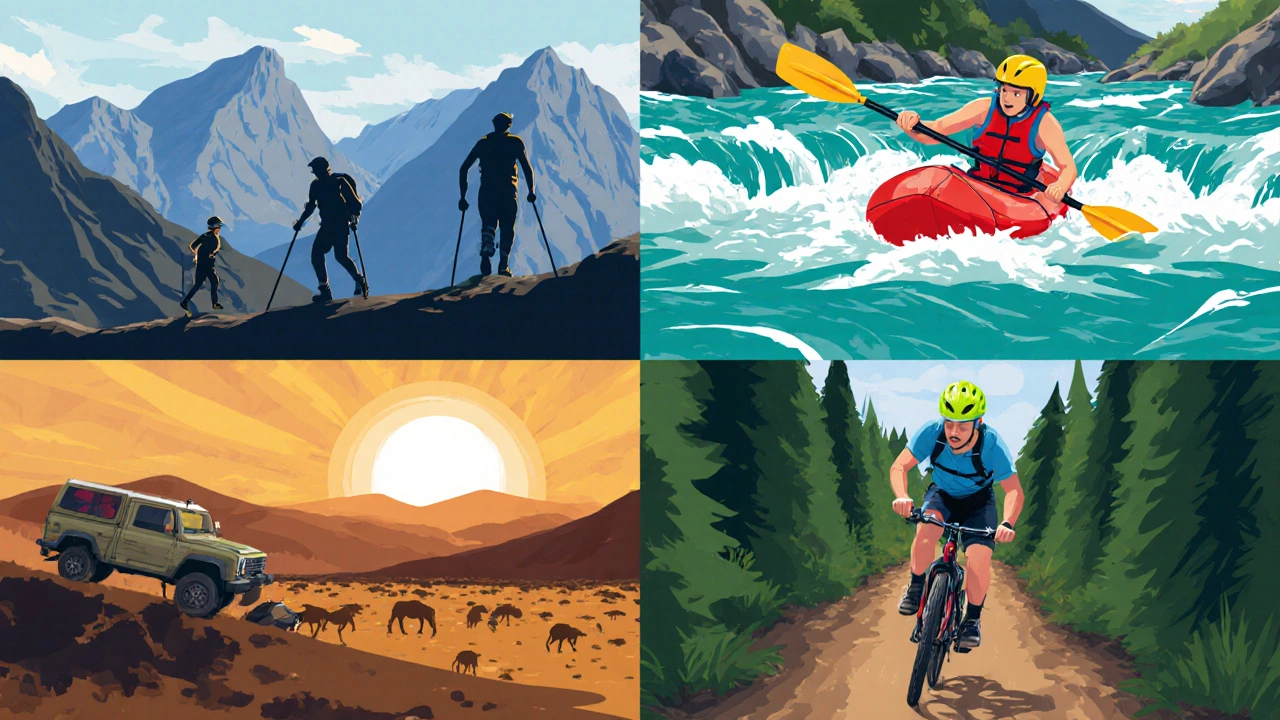
3. Sketch a Flexible Itinerary
A well‑crafted itinerary balances adventure, rest, and buffer time for unexpected weather or delays. Follow this simple template:
- Day0-1: Arrival & Acclimatization - Fly in, settle, and do a short local hike or city walk.
- Day2-4: Core Activity Block - Dive into the main adventure (e.g., 3‑day trek, 2‑day kayaking stretch).
- Day5: Recovery Day - Light activity, cultural immersion, or spa.
- Day6-7: Side Excursions - Optional add‑ons like a guided night walk or local market tour.
- Day8: Departure - Buffer for flight times and last‑minute gear checks.
Key tip: keep every day’s travel distance under 30km (or the equivalent effort) to avoid fatigue.
4. Set a Realistic Budget
Adventure trips can surprise you with hidden costs-permits, guide fees, equipment rentals, and emergency funds. Break the budget into categories:
| Category | Typical % of Total |
|---|---|
| International & Domestic Transport | 30% |
| Accommodation (including camps) | 20% |
| Guide & Permit Fees | 15% |
| Gear Rental / Purchase | 10% |
| Food & Water | 15% |
| Emergency / Insurance Buffer | 10% |
Use a spreadsheet to record actual quotes, then add a 10% contingency for price swings.
5. Build Your Adventure Gear Checklist
Gear is the bridge between comfort and safety. Separate items into three groups: essentials, activity‑specific, and optional upgrades.
- Essentials - Passport, travel insurance, first‑aid kit, water‑purification tablets, multi‑tool.
- Activity‑Specific - Waterproof boots for trekking, paddle‑glove for kayaking, binoculars for safari, bike helmet for mountain biking.
- Optional Upgrades - Satellite messenger, lightweight down jacket, solar charger.
Test every piece at home-walk a mile with your backpack, paddle a short stretch on a local lake, or ride your bike on a gravel path. Anything that feels “just okay” should be replaced before the trip.
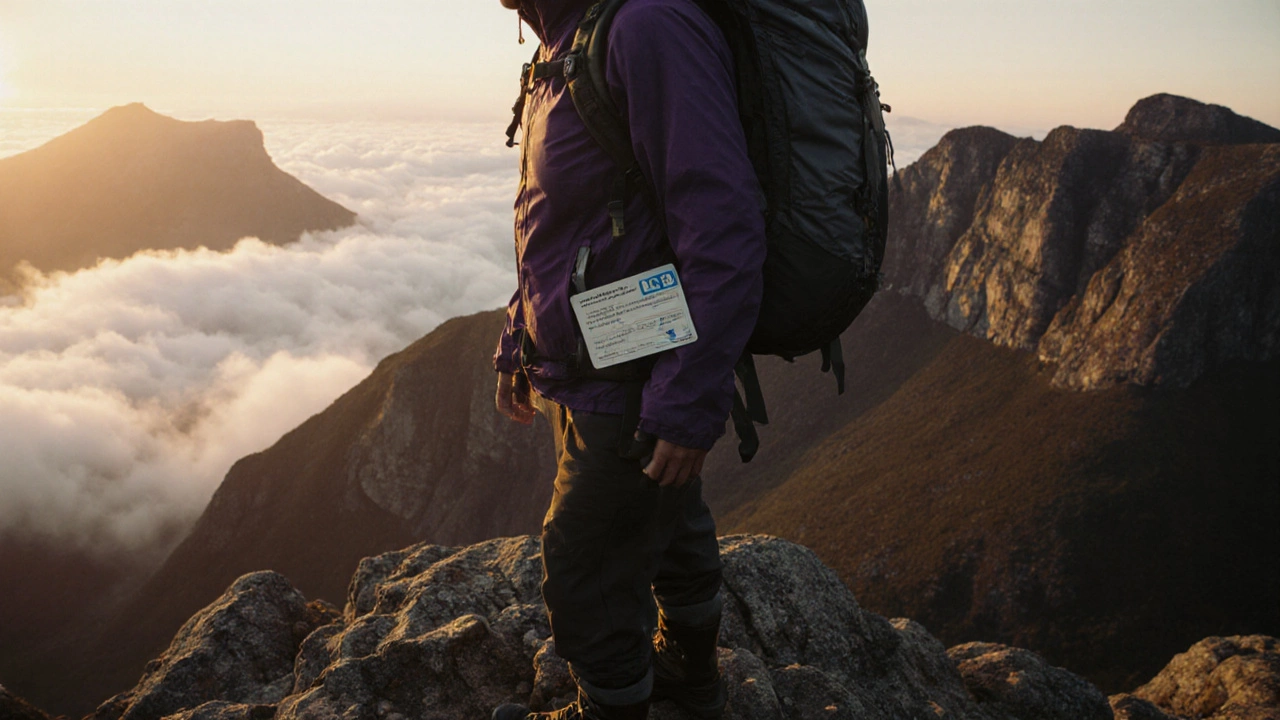
6. Safety, Insurance, and Permits
Adventure carries risk, but preparation keeps you in control. Follow these three pillars:
- Travel Insurance - Choose a policy that covers medical evacuation, adventure sport liability, and trip cancellation. Look for riders that explicitly mention “trekking,” “kayaking,” or “safari.”
- Permits & Regulations - National parks often require daily permits; some trekking routes need a “Conservation Fee.” Verify the latest requirements on the official park website or through your guide agency.
- Emergency Plan - Share your itinerary with a trusted friend, program a “check‑in” reminder on your phone, and carry a locally‑scanned map (offline) plus a rucksack‑mounted whistle.
When hiring local guides, ask for their certifications (e.g., WFEO for mountain guides) and insurance proof.
7. Pack Smart and Prepare Physically
Packing is an art of reduction. Use the 1‑hour rule: if you can’t locate an item within 60 seconds of opening your bag, leave it at home. Store heavier gear close to your spine for better balance.
Physical preparation matters. A 6‑week training schedule that ramps up cardio, strength, and flexibility will cut fatigue dramatically. Sample weekly plan:
- Monday - 45min brisk walk + leg conditioning.
- Wednesday - Interval run (5×400m) + core work.
- Friday - Bike ride or swim for cross‑training.
- Weekend - Long hike or paddle session mimicking trip duration.
Hydration and nutrition practice is equally important. Test the energy bars and electrolyte mixes you plan to use during the actual adventure.
8. Pro Tips and Common Pitfalls
Even seasoned travelers slip up. Keep these nuggets in mind:
- Don’t over‑schedule. One extra activity per day is enough buffer.
- Local currency matters. Small vendors may not accept cards, so keep cash on hand.
- Respect wildlife. Maintain a safe distance and follow park rules to avoid fines.
- Backup documents. Store a scanned copy of passport, insurance, and permits on a secure cloud folder.
When something goes sideways-rainout, guide cancellation-stay flexible. Often the unexpected detour becomes the story you love sharing later.
Frequently Asked Questions
How far in advance should I book an adventure guide?
Most reputable guides in South Africa recommend reserving at least 8‑12 weeks ahead, especially for peak season (June-September). This ensures you get a certified guide, the necessary permits, and the best equipment availability.
Do I need a visa for an adventure holiday in South Africa?
Visitors from most Commonwealth countries, the EU, the US, and Canada enjoy visa‑free entry for up to 90 days. Always double‑check the latest immigration rules on the Department of Home Affairs website before you travel.
What is the safest time of year for a trekking holiday?
In the Southern Hemisphere, the dry months of April through October give the most stable weather on the Drakensberg and the Cape Fold Mountains. Avoid the summer months (December-February) when thunderstorms are common at elevation.
Can I rent most adventure gear locally?
Yes, especially in tourism hubs like Port Elizabeth, Durban, and Johannesburg. However, quality varies, so read reviews or ask your guide for trusted rental shops. For niche equipment (e.g., technical climbing gear), bringing your own ensures safety.
How much travel insurance do I need?
A policy covering at least US$100,000 for medical evacuation and a separate adventure sport rider for your specific activity is a good baseline. If you’re trekking remote high‑altitude routes, consider raising the limit to US$250,000.

